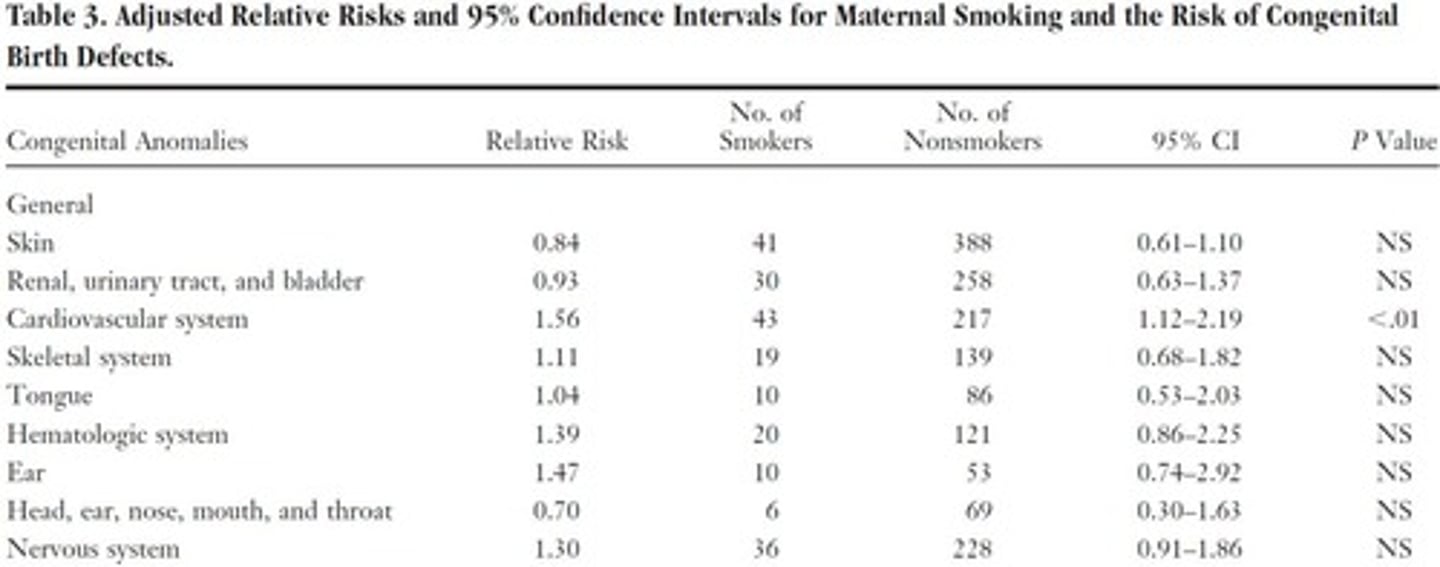Understanding Cohort Studies in Research
1/22
There's no tags or description
Looks like no tags are added yet.
Name | Mastery | Learn | Test | Matching | Spaced |
|---|
No study sessions yet.
23 Terms
Cohort Study
Observational study tracking exposed vs unexposed groups.

Case-Control Study
Comparative study of cases vs controls retrospectively.
Relative Risk (RR)
Ratio of risk in exposed vs unexposed groups.
Absolute Risk (AR)
Probability of an outcome occurring in a group.
Hazard Ratio (HR)
Risk comparison during a specific study time frame.
ARR (Absolute Risk Reduction)
Difference in risk between two groups.
ARI (Absolute Risk Increase)
Increase in risk due to exposure.
NNT (Number Needed to Treat)
Number of patients needed to treat for one benefit.
NNH (Number Needed to Harm)
Number of patients needed to treat for one harm.
Endpoints
Outcomes measured in a study to assess effectiveness.
Statistical Significance
Likelihood that results are not due to chance.
Clinical Significance
Practical importance of study results in real-world settings.
95% Confidence Interval (CI)
Range of values likely to contain the true effect.

Prospective Study
Study design following participants forward in time.
Retrospective Study
Study design looking back at past data.
Strengths of Cohort Studies
Good for studying rare exposures and long-term effects.
Weaknesses of Cohort Studies
Time-consuming and expensive; potential for loss to follow-up.
Strengths of Case-Control Studies
Efficient for studying rare outcomes and quicker results.
Weaknesses of Case-Control Studies
Recall bias and difficulty establishing temporal relationships.
Incidence Calculation
Determining new cases in a defined population over time.
Risk Factor (RF)
Characteristic that increases the likelihood of an outcome.
Follow-Up Time
Duration participants are monitored in a study.
Cohort Identification
Groups defined by exposure status at study start.